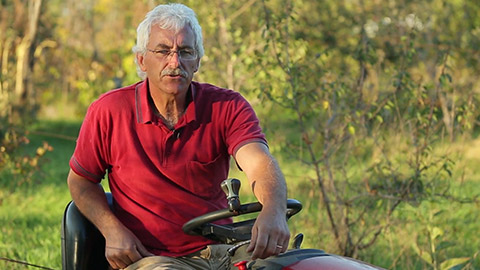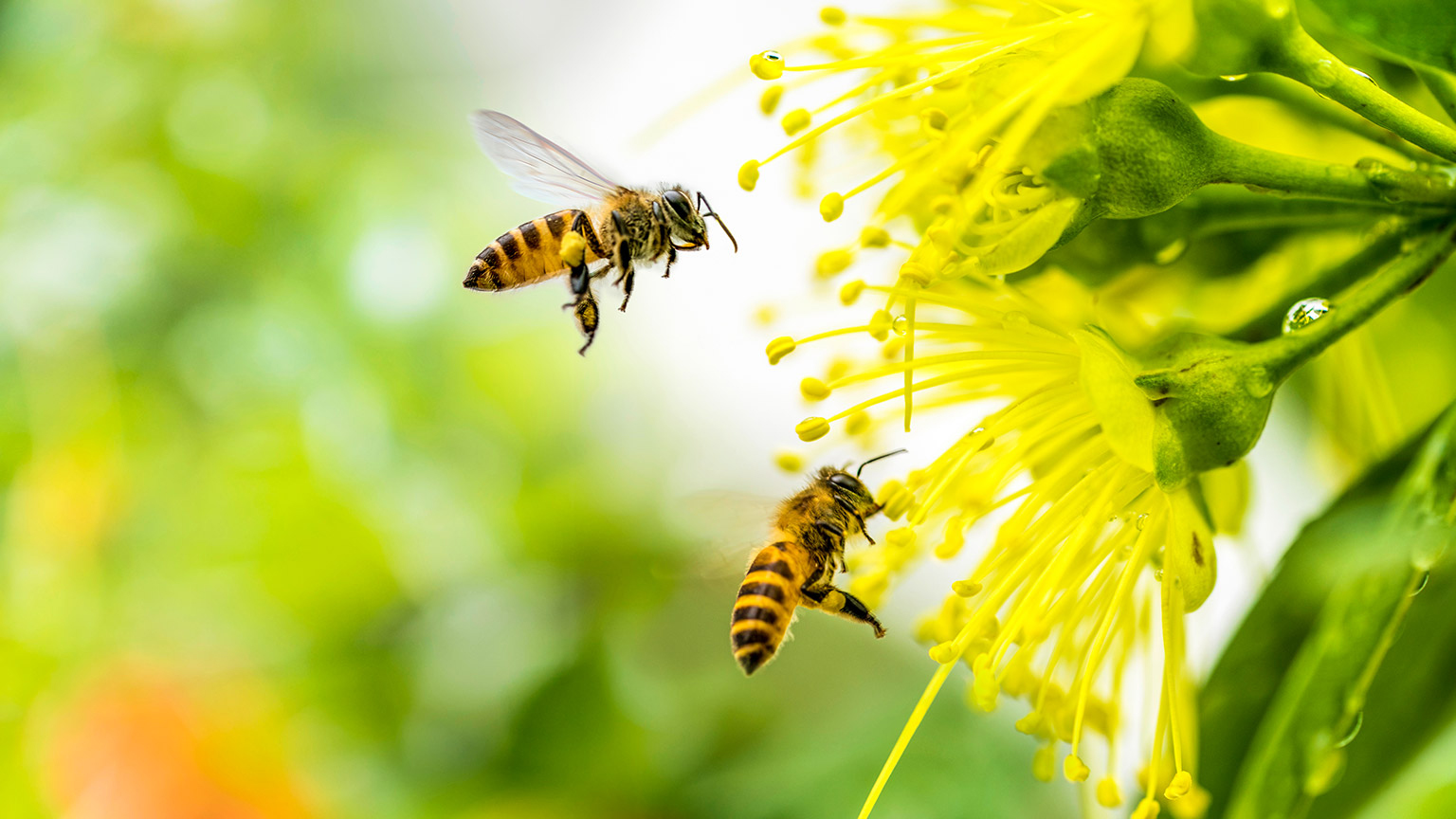Pollination is the process of moving pollen from the male parts of flower to the female parts to allow the plant to form fruit. This process is called sexual reproduction because the fruit contains seeds that will eventually germinate and form new plants.
Why pollination is important
For plants, it’s important because it allows them to reproduce. For us, the obvious benefit is that we can harvest and eat the fruits of our labour.
Types of pollination
There are two main types of pollination.
- Self-pollination
- Cross-pollination.
Self-pollination is where pollen travels from the male part of one plant’s flower, called the anther, to a female part of a flower, called the stigma, on the same plant. Pollination can occur when this happens between one flower and a stigma on a different flower on the same plant, or from the anther of a flower to the stigma of the same flower.
Plants that have both, but separate, male flowers and female flowers are called monoecious. Flowers from plants that have both male and female parts on the same flower are called perfect flowers.
Cross-pollination is when the pollen from the male part of one plant’s flower is moved to the stigma of another plant of the same or similar species. Cross-pollination needs to occur for plants that have only male or female flowers, not both, to form fruit. These plants are called dioecious.
So how does the pollen get from the anther to the stigma?
The birds and the bees
For most of the plants we’re going to grow, the main way that pollination occurs is through bees (and other insects) and birds. These plants have bright flowers, that may smell nice and have nectar inside the flower to attract these animals. As they feed on the nectar of flowers, pollen from the anthers gets stuck on their hair or feathers. When the animal moves to another location, some of the pollen is transferred to the stigma of the new flower, which eventually leads to the fertilisation of that flower and subsequent growth of the fruit.
You can encourage pollinator animals by planting bee-attracting flowering plants near your fruit and vegetable plants. In this video by GrowVeg, Ben Vanheems takes us through some flowering plants that are useful to encourage pollinators. You might want to consider adding to your garden.
Another approach is to let your lawns grow so they can produce flowers.
Wind
Other types of plants, such as grasses and cereals, are pollenated by the wind. Their flowers, aren’t large and colourful. The don’t need to be flashy, because they don’t need to attract animals to pollinate them.
Corn (Zea mays) is an example of a plant that is pollinated by wind. The pollen is contained in the tassel (the flower head at the top of the corn plant) and is blown by wind onto the silks (long strings at the end of the ear of the corn. Each of those silks connects to an ovary on the cob which, if fertilized by pollen being transferred to the silk, will grow into a corn kernel. Silks that don’t receive pollen will not form kernels.

The image on the left shows a male corn flower (the tassel) next to a young ear of corn with its silks (the female flower parts coming from the top of the cob). In the photo on the right, of an open cobb, look for small tags on the end of each corn kernel, which is where each silk was initially attached.
Self-pollinating plants
Monoecious plants, particularly those that have perfect flowers, can self-pollinate. Tomatoes are self-pollinating plants, as are some species of apple, such as Granny Smith (Malus domestica ‘Granny Smith’). However, even self-pollinating plants will produce better crop yields when they are pollinated by other means.
We can help these plants along by:
- Ensuring there are plenty of flowering plants nearby to encourage pollinators
- Hand pollinate the flowers.
Hand pollination
The following video by Some Room to Grow shows how to pollinate tomatoes, which have male and female parts in the same flower, and zucchini (Cucurbita pepo), which is monoecious but has separate male and female flowers on the same plant.
The process for zucchini, using a paintbrush to go from male flower to female flower, is the same as we use for dioecious plants such as kiwifruit (Actinidia ssp.).
For hand pollination to be successful, apart from perfect flowers, you’ll need to be able to identify what the male and female flowers look like. If you’re not sure, look it up online.
▶ The Permaculture Orchard: Beyond Organic (optional)
This is another optional video by Canadian permaculture orchardist Stefan Sobkowiak. We've provided a description of the video in the Course Overview. In this timestamped clip, he explains how they mow their orchard while considering bees and insects.
Mowing less frequently has other benefits too.
These include:
- allowing the turf plants to develop deeper roots makes them more drought tolerant and prevents them from dying back and exposing bare soil during summer
- reducing your carbon emission by using your mower less.

| Heading | Save the bees; mow less |
| Timestamp | 1:50:30 - 1:52:31 |
Activity - Plant pollination
